

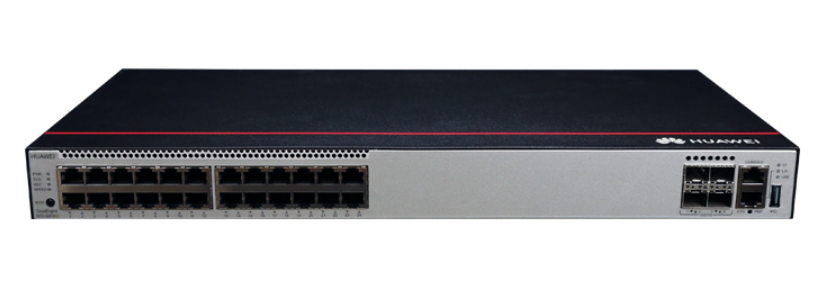


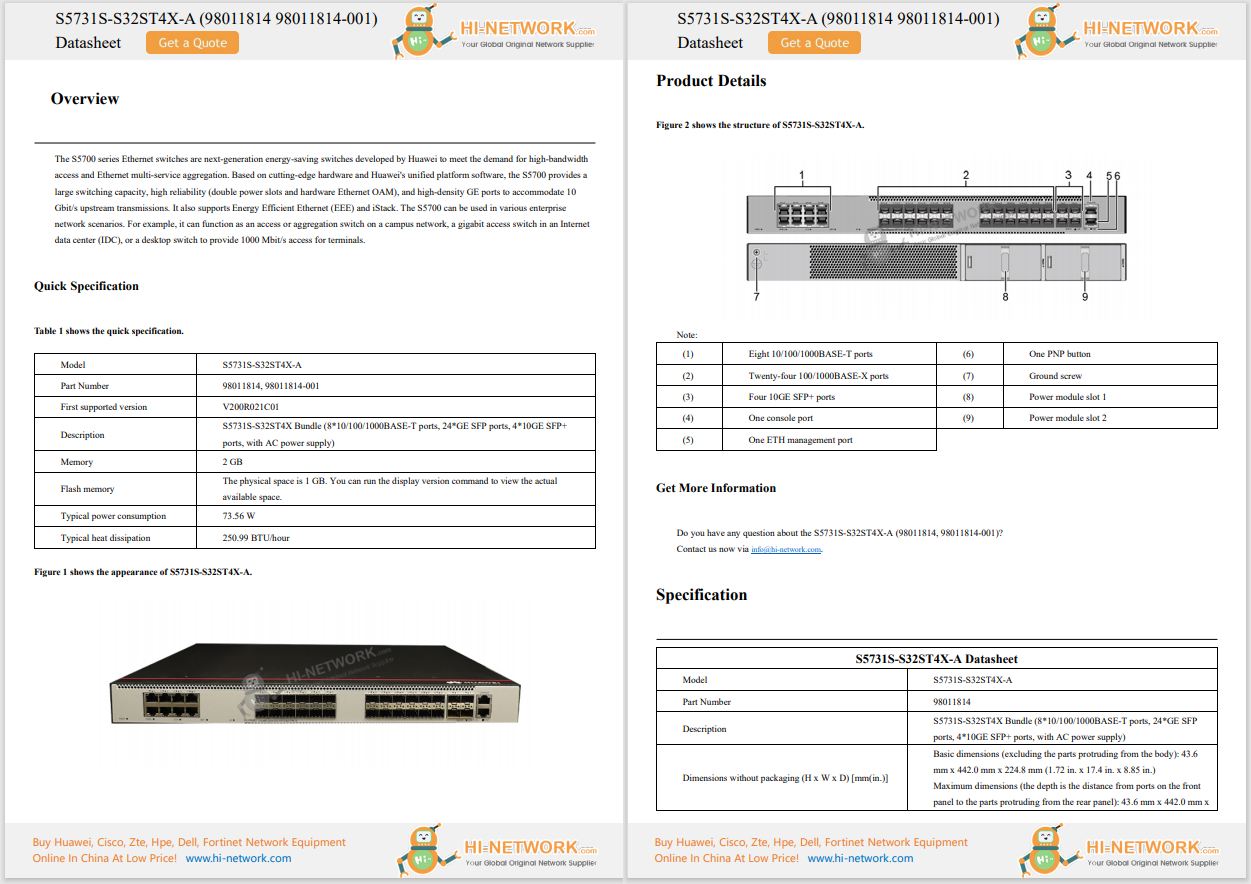

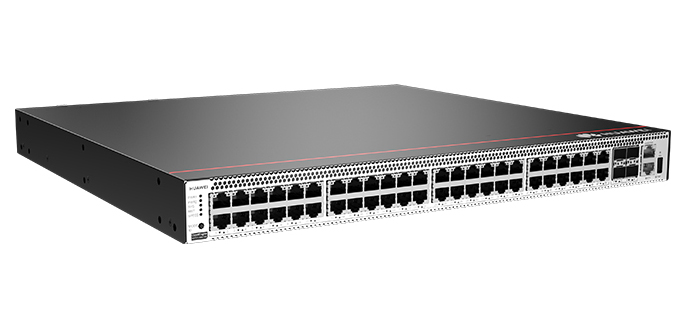
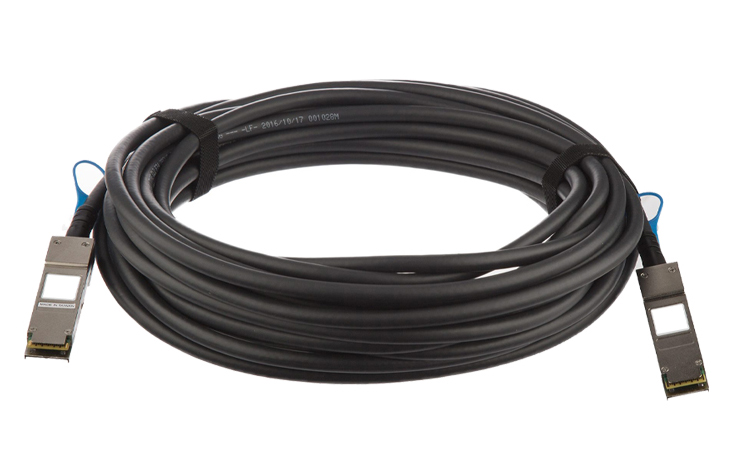
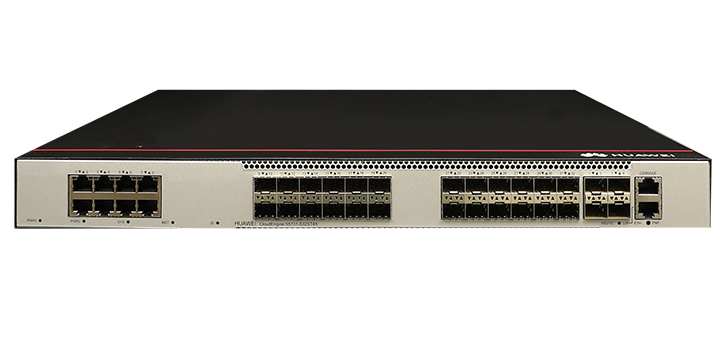



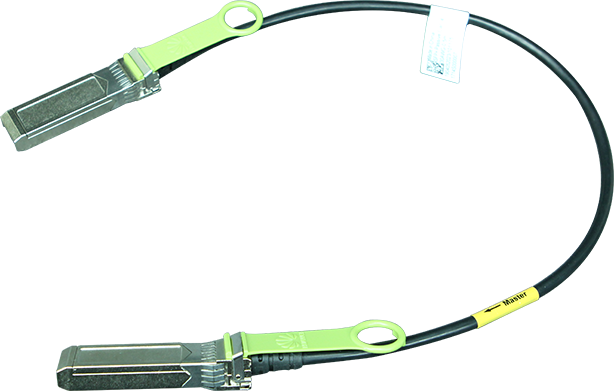







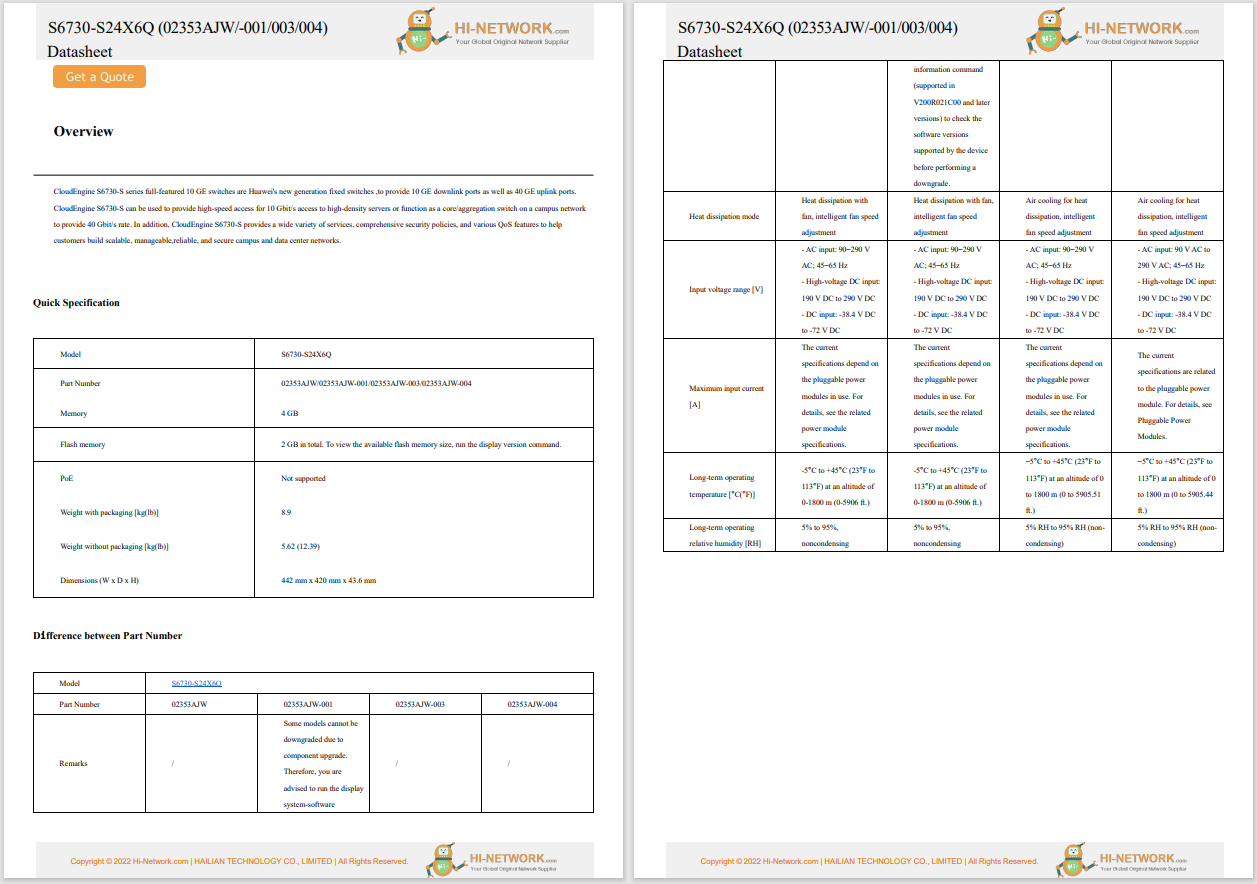

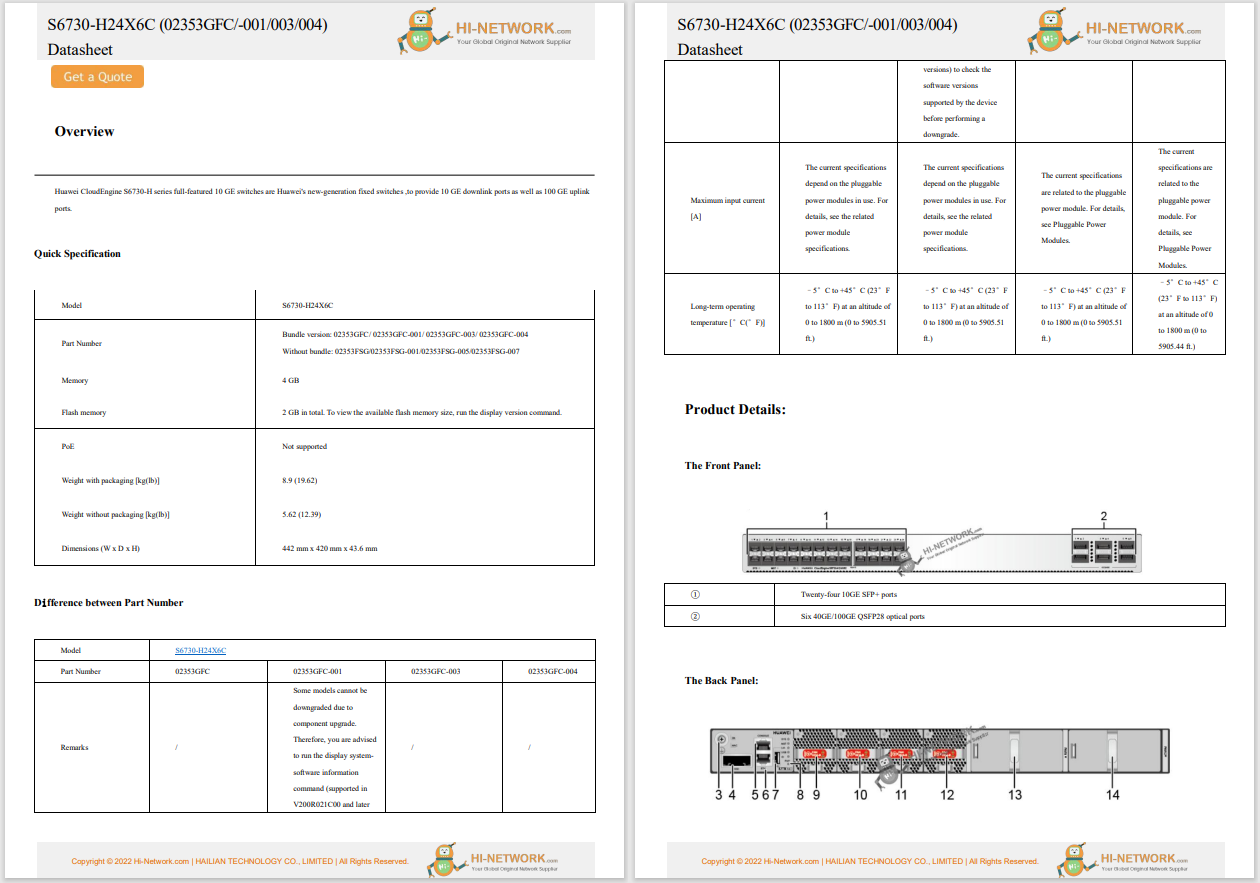





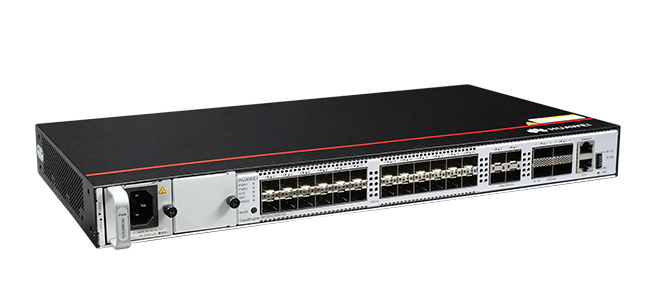



In June 2017, as NotPetya malware ripped through Ukraine's business and government technology infrastructure, I reported from the capital, Kyiv, for 's then-sibling publication TechRepublic, moderating panel discussions about geopolitical cyber defense at the Global Cybersecurity Summit. The city was a charming, modern startup hub with innovative thinkers and smart technology.
It was also a hacker trap. The town itself was safe, but targeted with a blend of kinetic and digital attacks by hyper-polarized geopolitical actors. Key hacks included blackouts from power grid attacks in 2015 and 2016 and the NotPetya malware, which started in Ukraine and spread globally. Ukraine's State Treasury was also targeted, which infected military systems and disrupted government sites, especially during the 2022 invasion.
Also: Got a suspicious E-ZPass text? Don't click the link (and what to do if you already did)
From taking notes to shooting video and audio, I needed my phone to report. Smartphones are essential tools; they're also security and privacy liabilities. In today's expanding surveillance and threat environment, which is full of opportunistic cyberattacks, corporate tracking, and invasive government scrutiny, locking down your phone is smart and often necessary. Below are the strategies that I employed and recommend to others.
Whether you're traveling internationally, attending a protest, attending DEF CON or just trying to keep private data away from tech giants and hackers, it's time to reassess how secure your phone really is.
Not everyone faces the same level of risk. A traveling journalist, a political activist, and a casual user will have different threat models. Begin by identifying what you need to protect and who might be trying to access it.
Also: 5 warning signs that your phone's been hacked - and how to fight back
As the Electronic Frontier Foundation explains, your threat model should inform every security decision you make. Your device could be searched if you're crossing a border. Law enforcement might try to access your communications if you're attending a protest. Even if you're doing nothing wrong, the risk of exposure through routine corporate data collection is real.
Before implementing security measures, identify which threats are most relevant to your situation:
Understanding your particular risks helps you prioritize appropriate protective measures. Implementing every possible security technique would make your device nearly unusable, so focus on measures that address your threats.
While not a complete security strategy alone, maintaining a low profile provides a valuable first layer of defense. Take these steps:
These precautions might seem excessive for everyday situations but become crucial safeguards when operating in high-risk environments or when targeted surveillance is possible.
Practice regular digital hygiene to minimize vulnerability if your device is accessed.
For example. audit and remove unnecessary apps regularly, especially those with access to sensitive data. The Electronic Frontier Foundation advises deleting sensitive photos, messages, and emails that aren't necessary before entering high-risk situations.
You should also implement data minimization principles. Store only what you need on your device, and transfer sensitive files to encrypted storage before removing them from your phone.
Also: 10 passkey survival tips: Prepare for a passwordless future now
Review authentication methods for your most critical applications, as well.
While biometric access (fingerprint/face unlock) is convenient, it can be used to access your phone without your consent. In fraught situations, disable biometrics and rely on strong passwords that cannot be physically compelled from you. This is particularly important when crossing borders; as a recent AP News report noted, "a border agent could simply hold your phone up to your face or force you to press your finger onto your device."
You also need to clear browser data regularly, including history, cookies, and cached data. I suggest using private browsing mode when accessing sensitive information.
Another measure you can take is to enable app-level security features where available, including PIN locks, automatic logout timers, and encrypted storage options. You should audit your cloud synchronization settings, too. Many apps silently upload data to cloud services. Review what information your device backs up automatically and disable synchronization for sensitive content.
Finally, develop a pre-travel checklist if you move between security environments regularly. Include steps like logging out of accounts, disconnecting from cloud services, and enabling airplane mode in sensitive locations.
Your online footprint can compromise your security even if your device is properly protected. Here's how to improve it:
When you travel, you pack light -- the same logic should apply to your phone. Log out of unnecessary accounts, delete sensitive files, and avoid syncing full cloud backups. Consider using a "travel phone, " a secondary device with only essential apps and data.
It's also wise to remove saved Wi-Fi networks and Bluetooth pairings. Uninstall browser extensions and disable auto-downloads. You can't lose what you don't carry. CNET advises removing yourself from data brokers to minimize your digital footprint further.
Regular text messaging is not encrypted. Instead, use end-to-end encryption apps to protect your calls, messages, and metadata.
Also: 5 tools I trust to keep my online conversations private and anonymous
Signal offers secure, open-source messaging and calling. It's trusted by journalists, researchers, and activists worldwide. Matrix (via Element) is a decentralized protocol for secure messaging. It's useful for group chats and can be self-hosted for maximum control. Proton is a suite of privacy tools including encrypted email, calendar, file storage, and VPN -- all designed for strong user privacy.
Apple and Google have taken markedly different -- but, interestingly, increasingly aligned -- approaches to end-to-end encryption with their Advanced Data Protection features.
Apple's Advanced Data Protection, introduced for iCloud, expands encryption to nearly all categories of user data, including device backups, Messages in iCloud, and Photos, ensuring only the user holds the decryption keys. Google's similar feature for Android and Google One backups also enables client-side encryption, meaning not even Google can access user content stored in the cloud.
Also: Why rebooting your phone daily is your best defense against zero-click attacks
While the implementations differ under the hood, the direction is clear: Both tech giants are moving toward a future where users, not companies, control access to their most sensitive digital information. This shift, while a win for privacy, raises tough questions about lawful access and the balance between user security and public safety.
The techniques in this guide create layered defenses that significantly increase how hard it is for unauthorized actors to access your digital life. But this is not comprehensive -remember, security exists on a spectrum! Implement protections that work best with your life and fit your specific threat model.
For most people, basic stuff like strong passwords, careful app management, and thoughtful social media practices are good digital hygiene. Those facing higher risks need to implement more comprehensive strategies, and of course, it's important to remain flexible and curious.
Also: How Apple plans to train its AI on your data without sacrificing your privacy
This is an important and dynamic topic. We'd love to hear from you! What works and what should we avoid? Share your security and privacy tips, tricks, and hacks.
Get the morning's top stories in your inbox each day with ourTech Today newsletter.
 Hot Tags :
Tech
Security
Hot Tags :
Tech
Security